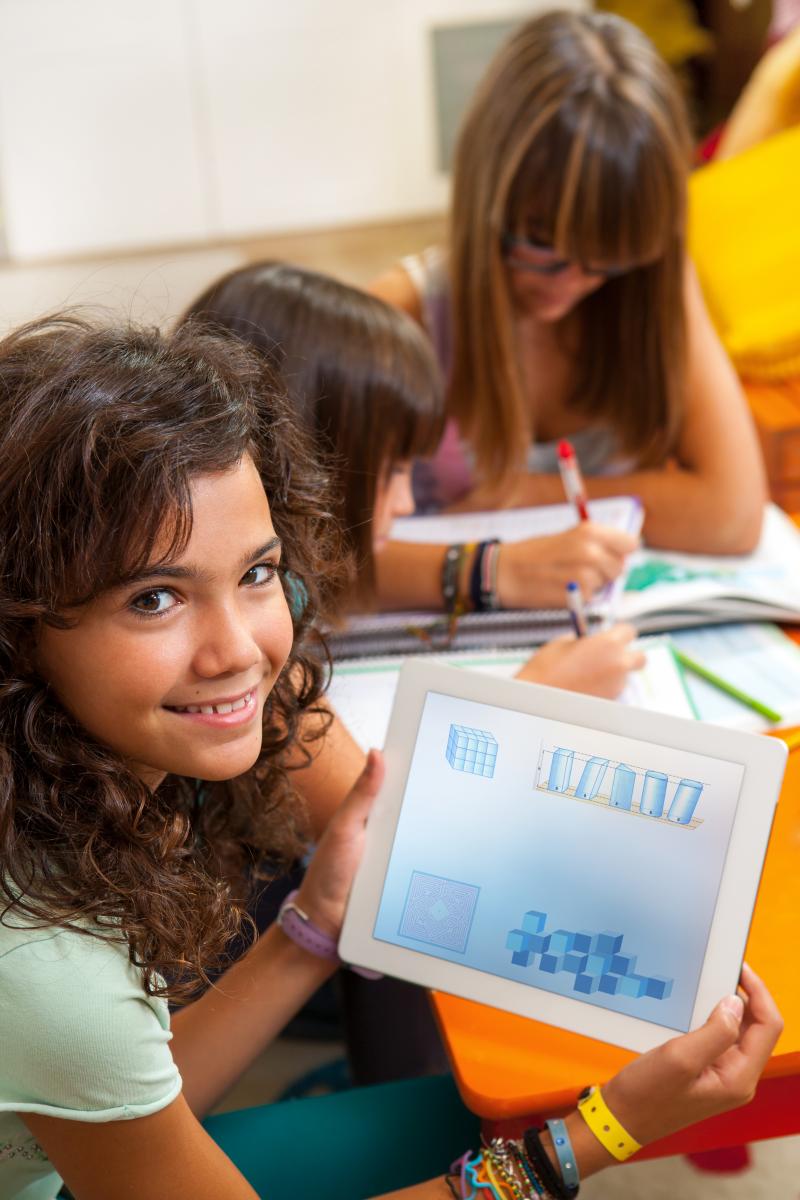What is Digital Learning?
Digital
Learning is "learning facilitated by technology that gives students
some element of control over time, place, path and/or pace."[1]

- Time: Learning is no longer restricted to the school day or the school year. The Internet and a proliferation of Internet access devices have given students the ability to learn anytime.
- Place: Learning is no longer restricted within the walls of a classroom. The Internet and a proliferation of Internet access devices have given students the ability to learn anywhere and everywhere.
- Path: Learning is no longer restricted to the pedagogy used by the teacher. Interactive and adaptive software allows students to learn in their own style, making learning personal and engaging. New learning technologies provide realtime data that gives teachers the information they need to adjust instruction to meet the unique needs of each student.
- Pace: Learning is no longer restricted to the pace of an entire classroom of students. Interactive and adaptive software allows students to learn at their own pace, spending more or less time on lessons or subjects to achieve the same level of learning.
Digital learning is more than just providing students with a
laptop. Digital learning requires a combination of technology, digital
content and instruction.
- Technology: Technology is the mechanism that delivers content. It facilitates how students receive content. It includes Internet access and hardware, which can be any Internet access device – from a desktop to a laptop to an iPad to a smartphone. Technology is the tool, not the instruction.
- Digital Content: Digital content is the high quality academic material which is delivered through technology. It is what students learn. It ranges from new engaging, interactive and adaptive software to classic literature to video lectures to games. It isn’t simply a PDF of text or a PowerPoint presentation.
- Instruction: Educators are essential to digital learning. Technology may change the role of the teacher but it will never eliminate the need for a teacher. With digital learning, teachers will be able to provide the personalized guidance and assistance to ensure students learn and stay on track – throughout the year and year after year – to graduate from high school. Teachers may be the guide on the side, not the sage on the stage.